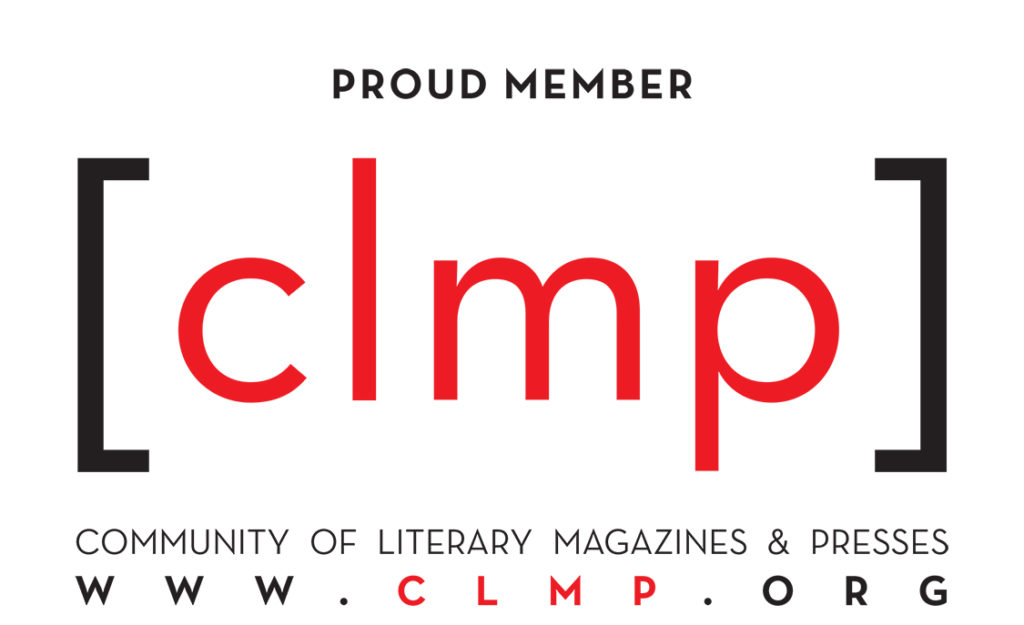Nonfiction by Claire Galford
“All right, folks,” the naturalist says. “We’re about to start our Birds of Prey presentation. But please don’t step any closer than that line on the floor.” I get it—some of the larger raptors look as though they could rip your face off before you could flinch.
I’m at the High Desert Museum south of Bend, Oregon, a thoughtful and humane mix of live animals, history, Native American artifacts and native flora on the edge of the Central Oregon desert. The Museum is a great place for serendipity: you can wander around inside or outdoors without a plan and usually come across something new and interesting.
I’ve been distracted by the rattlesnakes in an exhibit adjacent to the Birds of Prey talk and am now trying to locate my family, probably outside at the River Otter Pond or the dirt-floored pioneer cottage. Poisonous snakes make me uncomfortable, and the Museum has some huge ones (“Big shouldered snakes,” as one tribal chair always described them to me). I notice the raptors and happily conjure up an image of the larger ones grabbing and eating the snakes.
The naturalist points out the floor-to-ceiling window across a stream to the large wire screen enclosure that’s home to the raptors when not being shown. “Now, all our birds at the High Desert Museum are rescue animals. All of them have some condition that makes it impossible for them to survive in the wild.”
He describes each species, its habits, characteristics and role in the high desert biome. He points out each bird’s disability (e.g., broken wing, partial blindness, injury to beak or talon) that keeps it from living out its life in the wild. I touch my knee, the one without any cartilage, that someday soon will end my running, my antidepressant of choice for 45 years.
One by one, the naturalist holds and describes each member of the Museum’s Birds of Prey cohort: Great Horned Owls, bald eagles, hawks, Golden Eagles, falcons and vultures. He lets a Red-Tailed Hawk perch on his arm, her talons gripping the thick leather glove that extends to his elbow.
“Now this gal here is different. Of all our birds, she alone does not have any disability or impairment. She is as physically healthy as she can be–a perfect specimen. Yet, she can’t survive in the wild, maybe less so than many of these birds that have been injured. Although she was born and raised in the wilderness, she was not raised as a hawk. She was raised to be a Great Horned Owl. I’ve been doing this for 19 years, and this is the first time I’ve seen anything like it.”
We have nesting Great Horned Owls at our place, and I’ve watched them for years. The big Owls do not build nests. They steal the nests of other sizable birds, usually hawks. Quite likely, there was a hawk egg in a nest that a pair of Great Horned Owls commandeered. They hatched and fed this hawk and tried to teach her their ways, and the hawk imprinted on the owls.
I envision her trying to hunt at night, in the darkness, to move around in the forest without making the slightest sound, to catch and eat animals like squirrels and skunks. But hawks have evolved to hunt by day, while riding wind currents, not from trees at night. Red Tailed Hawks aren’t large enough to kill and carry off many of the mid-sized mammals that Great Horned Owls feast on. In nature, this hawk would die from long, slow starvation, frustrated at her inability to do what her adoptive parents expected of her. She had never learned the ways of hawks growing up, and other hawks wouldn’t accept her as one of them. She was alone and unable to live as a member of either species.
The hawk’s plight resonates with me. I am a female born and, until recently, living most of my life, decades, in a male body. The divergence between my female psyche and my socialization as a boy and man, which started at the moment of birth and went on in a million subtle ways, has grown into a chasm. Yes, gender is a spectrum, not either-or poles, but our mainstream culture tries to impose a sharp divide between male and female roles. I know I should embrace my part in blurring gender dichotomy, in giving the generations that follow mine greater freedom to be who they are. Still, even at this late point in my life, it feels impossible for me to reconcile what I feel and what I have been taught. Like the hawk, I belong to neither world.
I long for connection, attachment, an escape from loneliness. Does something primal in the hawk ache to soar in the air currents high above the fields and forests like other hawks? Does she feel failure because she can’t emulate her owl stepparents? Does she yearn for a mate who will love her as she is? Does she, like me, hunger for a deeper bond with her own kind, to feel more comfortable in her own skin?
Claire Galford writes from the perspective of one who has lived as a boy, a hetero man, a trans woman and now, a woman. She writes about the emotional and interpersonal aspects of her lifelong journey to self-discovery and the costs and trade-offs involved.

